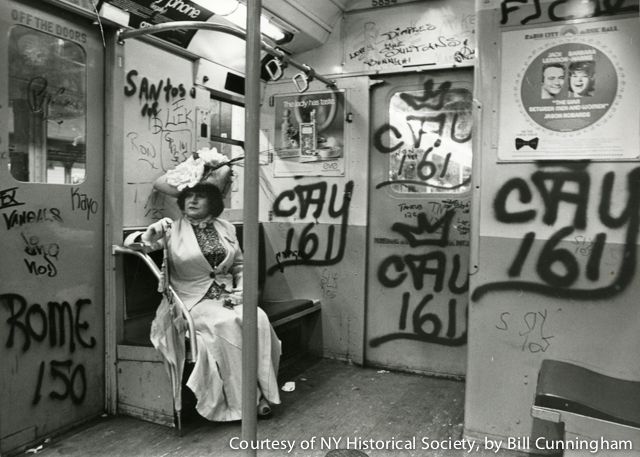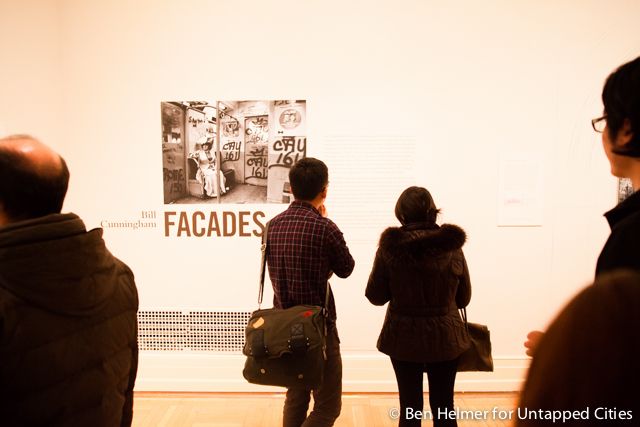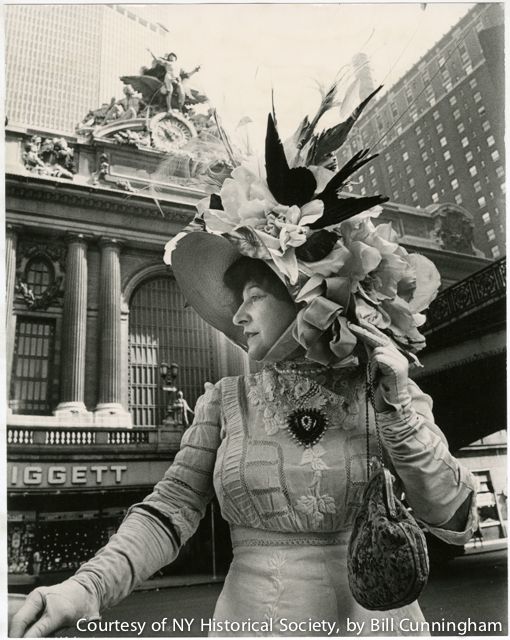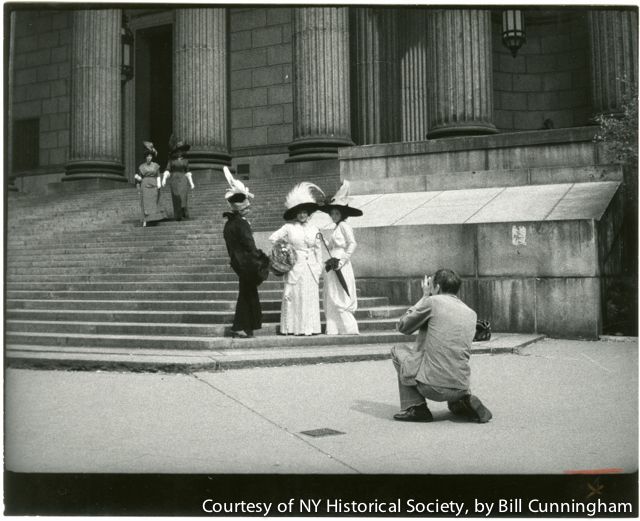NYC’s Forgotten ‘War on Christmas Trees’
Discover how an obscure holiday crackdown affects festive street vendors today!



Bill Cunningham is a beloved icon of New York. With little more than a bicycle and his camera, he’s been photographing fashion for the New York Times for over 35 years, taking pictures of every-day people, and discovering the “fashion show on the street.”
His love of fashion is a widely known obsession. At a young age, his family was already aware of his focus: “I think they were worried I was becoming too interested in women’s dresses… I could never concentrate on Sunday church services because I’d be concentrating on women’s hats.”

Even when celebrities filled his frame, it was because of their fashion, not their fame. “All I see are clothes,” says Bill. When his photos of t
he king and queen of Spain, “a Kennedy in a fox coat,” andFarrah Fawcett ran in a December issue of the 1978 New York Times, it was the first time that publication had printed photos of celebrities without their permission. His editor, Arthur Gelb, described his weekly column as “a turning point for the Times.”
Yet, less publicized is his love of architecture. An exhibit currently on view at The New-York Historical Society, sheds a bit of light on the subject. Addressing their crowd on Thursday night, Mr Cunningham noted: “I was mad about architecture. I lived… everywhere, and I thought, here in New York, I never had to go around the world. It was all right here.”
Over the course of eight years, from 1968-1976, Bill Cunningham photographed women in period dress in front of over 1,800 locations, pairing each of the more than 500 costumes with the architecture of the same era. The Historical Society’s exhibit features 80 of these images.

Grand Central terminal, (built ca 1903-1913), ca 1968-1976.

At first glance, one might dismiss the architectural backdrops as mere accents to the costume. While Bill described this project as “just for the fun of it,” the New-York Historical Society argues that we cannot ignore the historical context of the time. With the shadow of Penn Station’s destruction five years earlier, the exhibit notes this period as “an uncertain moment in our city’s own history… when New York seemed on the brink of losing its place of privilege as a capital of the world.” Even Mr Cunningham notes, “I’m very aware of things not of value but of historical knowledge,” noting later, “I just document things I think are important.”


Gothic bridge in Central Park (designed 1860), ca 1968-1976
While Bill Cunningham seems to have what the Historical Society describes as “an unfettered optimism” about New York, others acknowledge the time as a bit darker. Bruce Davidson, a famous photographer focusing on New York during this time, covered such subjects as Harlem and the subways. During an interview, he told a reporter it was so dangerous; he would have to “trick” himself into the subway. “I would get myself very hungry, then say, “I think I’ll go out to Coney Island and have a hotdog… I’d never make it, but it gets me in there, and gets me thinking about the hot dog, and not the guy who’s gonna rob me.”

Despite all of this, the photos produced for “Facades” during this turbulent era show a defiant air of optimism and whimsy. Perhaps Bill and his muse, model Eddita Sherman, were oblivious to the times, or they had an adverse view to historians. Either way, Bill Cunningham has come through this uncertain era with an unwaveringly positive view of New York’s architectural treasures.
 Guggenheim Museum (built 1959), ca 1968-1976.
Guggenheim Museum (built 1959), ca 1968-1976.
You have until June 15th, 2014, to visit “Facades” at The New-York Historical Society. History buffs can discuss the larger “cultural zeitgeist” of the late ’60s and ’70s, and debate the shadow left standing after the fall of Penn Station. But for those of us, like Bill, who prefer something positive, there stands the exuberant “Duchess of Carnegie Hall,” Eddita Sherma, and some of the best architectural treasures New York has to offer.

General Motors Building, ca 1968-1976.
And if you associate fashion photography with pretention, we’ll leave Bill to speak for himself:
“The problem is I’m not a good photographer. To be perfectly honest, I’m too shy. Not aggressive enough. Well, I’m not aggressive at all. I just love to see wonderfully dressed women… That’s all there is to it.”

Note the dodging (lightening) in this photo, which would have been done in the dark room. A handful of the images on display contained similar, noticeable dodging.

Bill Cunningham Photographing Three Models at New York County Court House, ca 1968-1976. Artist unknown.
Also check out his 2010 documentary, Bill Cunningham New York. We’re quite certain you won’t regret it.Subscribe to our newsletter